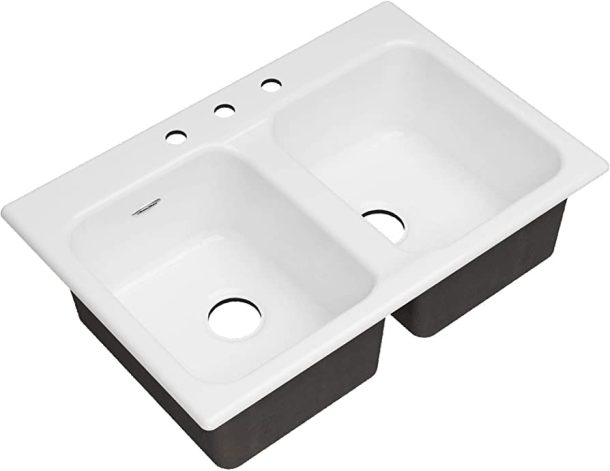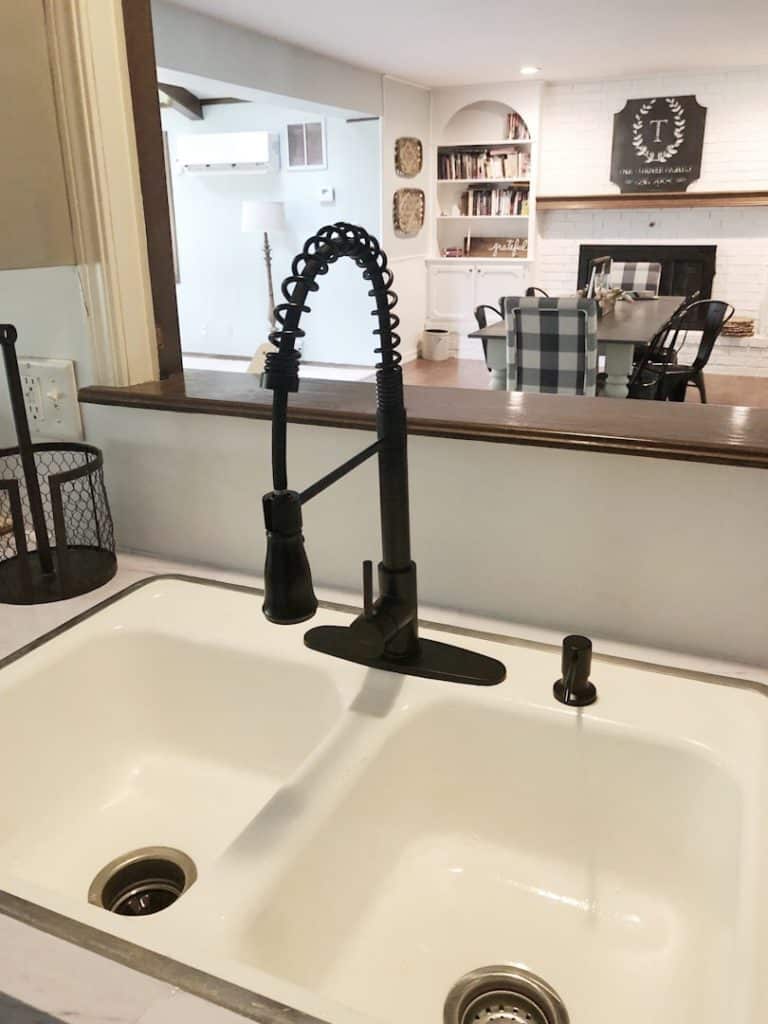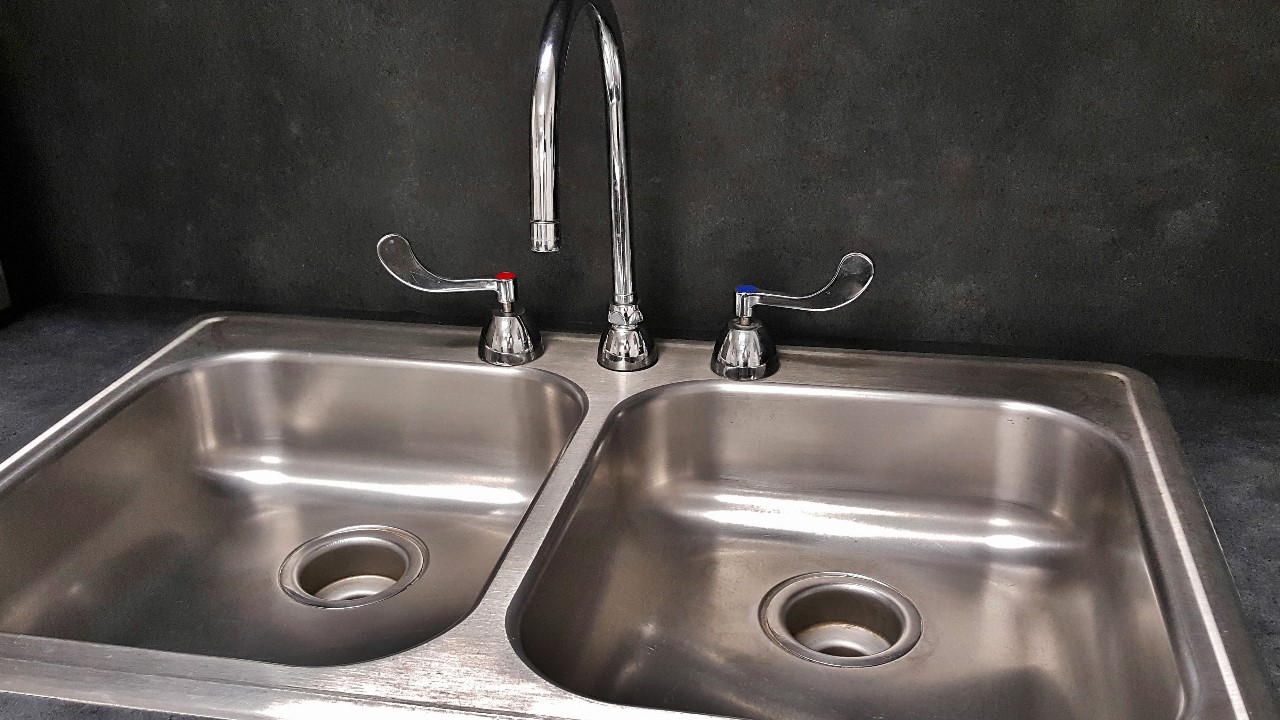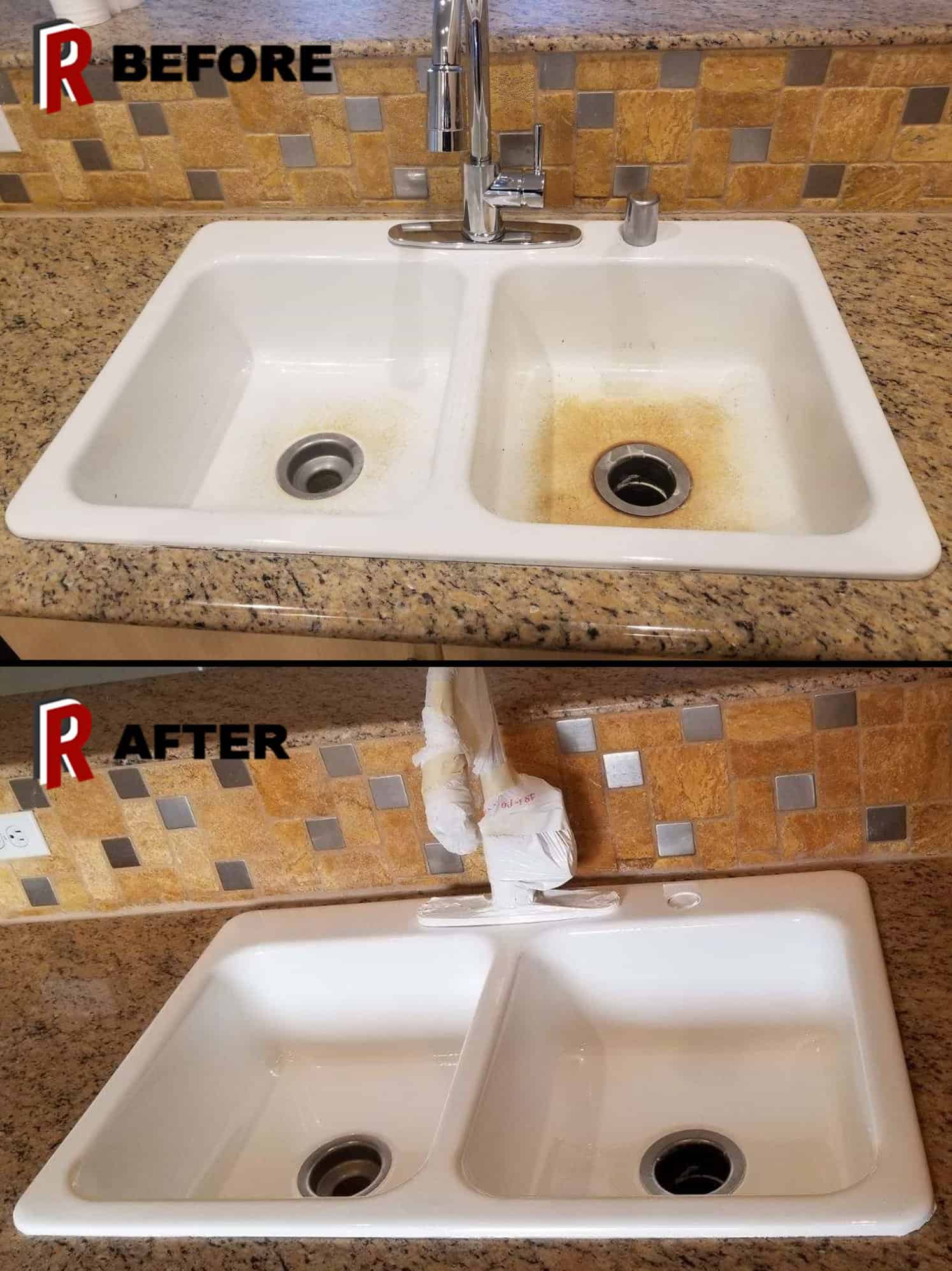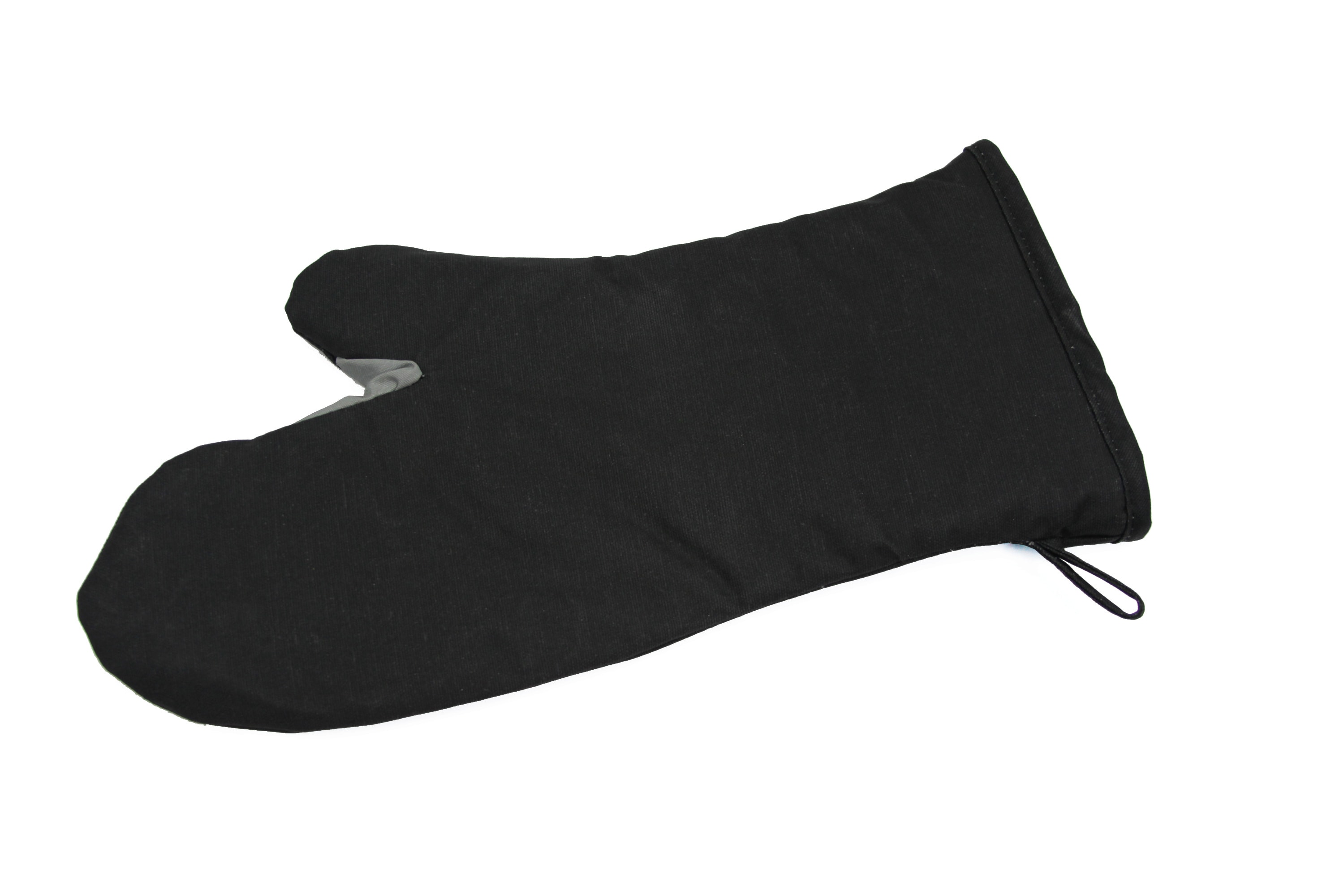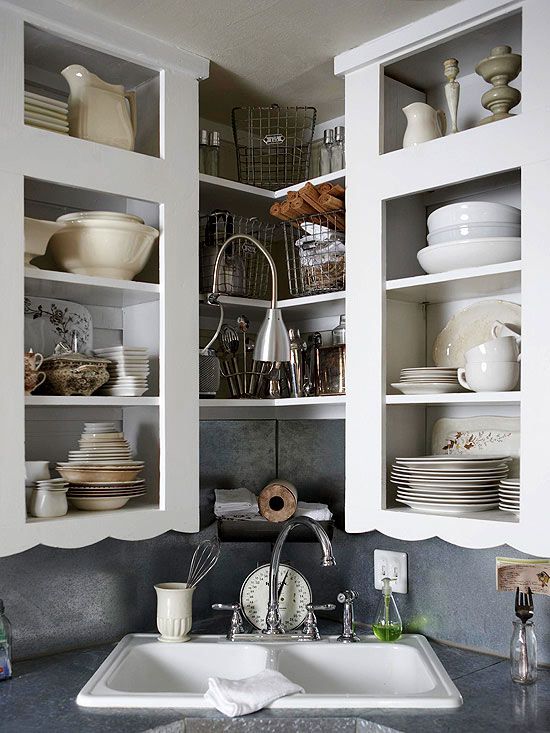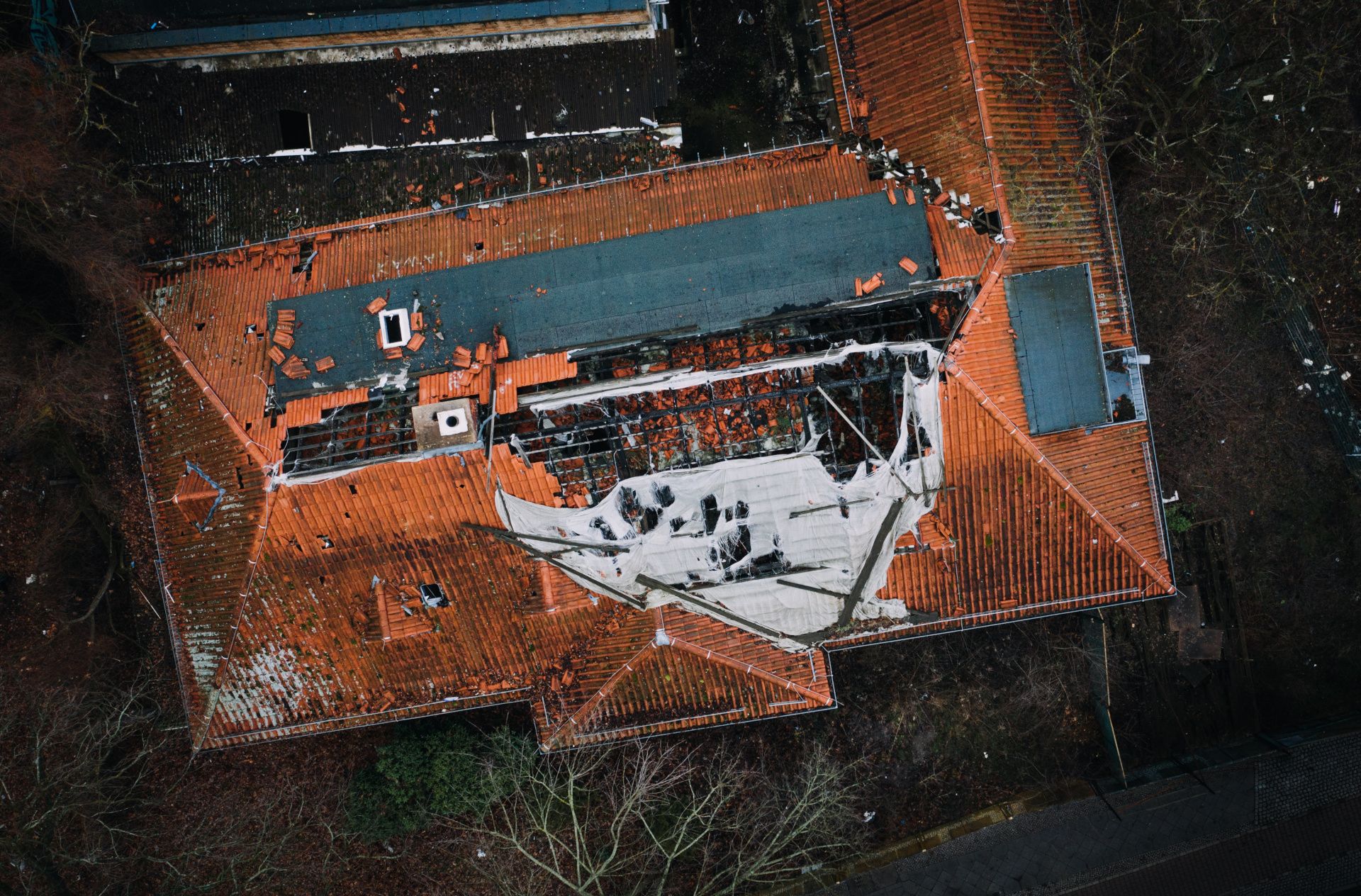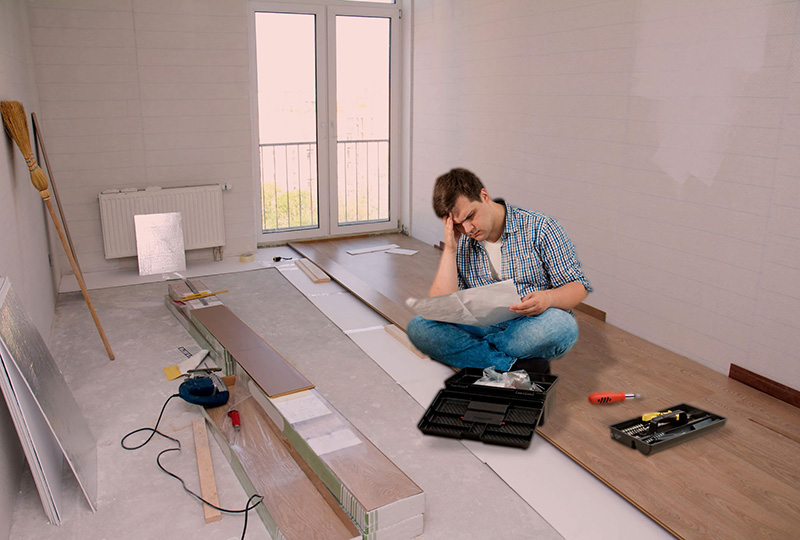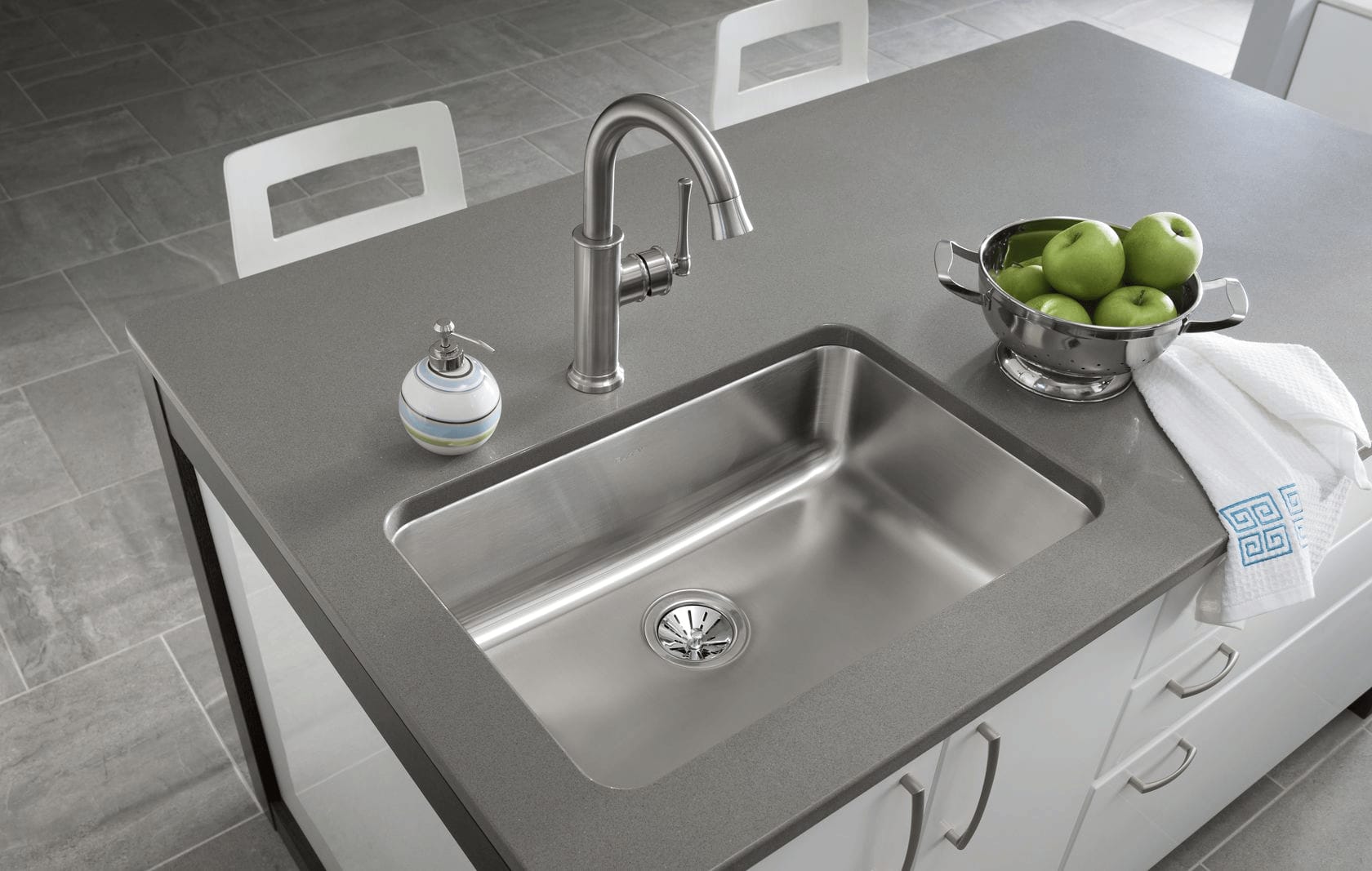How to Move a Cast Iron Kitchen Sink
Moving a cast iron kitchen sink may seem like a daunting task, but with the right tools and techniques, it can be done safely and efficiently. Whether you are renovating your kitchen or relocating to a new home, here are some helpful tips for moving a cast iron kitchen sink.
How to Safely Move a Cast Iron Kitchen Sink
The first step in moving a cast iron kitchen sink is to ensure that it is properly detached from the countertop and plumbing. This can be a delicate process, as cast iron sinks are heavy and can easily crack or break if mishandled. It is recommended to have at least two people for this task.
Tips for Moving a Cast Iron Kitchen Sink
Before attempting to move the sink, make sure to clear out the area around it and have all the necessary tools and supplies on hand. This includes a pipe wrench, screwdriver, and protective gear such as gloves and goggles. It is also important to have a sturdy dolly or cart to transport the sink.
Step-by-Step Guide for Moving a Cast Iron Kitchen Sink
Step 1: Turn off the water supply and disconnect the plumbing from the sink. Step 2: Loosen any caulk or adhesive that may be securing the sink to the countertop. Step 3: Carefully lift the sink off the countertop and place it on the dolly or cart. Step 4: If the sink is too heavy, use a floor jack to support it while you move it. Step 5: Secure the sink on the dolly or cart and carefully transport it to its new location. Step 6: Once in place, reattach the plumbing and secure the sink to the countertop.
Tools Needed for Moving a Cast Iron Kitchen Sink
As mentioned before, the essential tools for moving a cast iron kitchen sink include a pipe wrench, screwdriver, and a dolly or cart. Additionally, you may also need a floor jack, putty knife, and caulk gun. It is also recommended to have a partner to help with the lifting and moving process.
Precautions to Take When Moving a Cast Iron Kitchen Sink
When handling a cast iron sink, it is important to take precautions to avoid any accidents or damage to the sink. This includes wearing protective gear, using proper lifting techniques, and securing the sink tightly on a dolly or cart to prevent it from falling or shifting during transportation.
Moving a Cast Iron Kitchen Sink: Dos and Don'ts
Do: - Use proper lifting techniques to avoid strain or injury. - Have a partner to help with the lifting and moving process. - Protect the sink with blankets or towels during transportation. - Secure the sink tightly on a dolly or cart to prevent it from falling or shifting. - Reattach the plumbing and secure the sink to the countertop in its new location. Don't: - Attempt to move the sink alone. - Drag the sink on the floor, as it can cause damage. - Neglect to turn off the water supply and disconnect the plumbing before moving the sink. - Use excessive force that could damage the sink.
How to Protect Your Cast Iron Kitchen Sink During a Move
To ensure that your cast iron kitchen sink arrives at its new location safely, it is important to take steps to protect it during the move. This includes wrapping it in blankets or towels to prevent scratches and securing it tightly on a dolly or cart to prevent any movement or shifting during transportation.
Moving a Cast Iron Kitchen Sink: Common Mistakes to Avoid
One common mistake when moving a cast iron kitchen sink is not properly detaching it from the countertop and plumbing, which can lead to damage. Another mistake is attempting to move the sink alone, as it can be heavy and difficult to maneuver. It is also important to use the right tools and techniques to avoid causing any cracks or breaks in the sink.
Professional vs. DIY: Which is the Best Way to Move a Cast Iron Kitchen Sink?
While it is possible to move a cast iron kitchen sink on your own, it is recommended to hire a professional for this task. They have the experience, tools, and techniques to safely and efficiently move your sink without causing any damage. This can save you time, effort, and potential costly repairs in the long run.
Moving a Cast Iron Kitchen Sink: What You Need to Know

Professional Tips for a Smooth and Successful Move
 If you're planning a kitchen renovation or simply want to update the look of your space, one of the most important elements to consider is your kitchen sink. And if you have a cast iron sink, you may be wondering how to go about moving it without causing any damage. Here are some professional tips to help you successfully move your cast iron kitchen sink.
Assess the Weight and Size of Your Sink
Before you begin the moving process, it's important to know just how heavy and large your cast iron sink is. This will help you determine the appropriate equipment and manpower needed for the move. Most cast iron sinks can weigh anywhere from 100 to 300 pounds, so it's crucial to have a strong and capable team to assist you.
Gather the Right Tools and Equipment
Moving a cast iron kitchen sink requires more than just brute strength. You'll also need the right tools and equipment to safely and effectively move the sink. Some essential tools include a heavy-duty dolly, moving straps, and protective padding. These items will help you lift and transport the sink without causing any damage.
Disconnect and Remove the Sink
Before you can move the sink, you'll need to disconnect it from the plumbing and remove it from the countertop. It's important to have a plumber assist with this step to ensure that the plumbing is properly disconnected and reconnected after the move. Once the sink is disconnected, carefully lift it off the countertop and onto the dolly.
Protect the Sink During Transport
Since cast iron is a delicate material, it's important to take extra precautions during transport to avoid any damage. This includes wrapping the sink in protective padding and securing it with moving straps. Make sure the sink is securely fastened to the dolly and that there is no movement during transport.
Be Mindful of the Installation Process
Once you've successfully moved the sink to its new location, it's time to install it in its new home. This process should also be done by a professional to ensure that the sink is properly connected to the plumbing and securely installed on the countertop. Be sure to follow any specific instructions for your particular sink model to ensure a successful installation.
Final Thoughts
Moving a cast iron kitchen sink may seem like a daunting task, but with the right tools and professional assistance, it can be done safely and successfully. Be sure to take the necessary precautions and seek help from experts to ensure that your sink arrives at its new location in one piece. With proper planning and execution, you can enjoy a beautifully updated kitchen with your beloved cast iron sink in its new home.
If you're planning a kitchen renovation or simply want to update the look of your space, one of the most important elements to consider is your kitchen sink. And if you have a cast iron sink, you may be wondering how to go about moving it without causing any damage. Here are some professional tips to help you successfully move your cast iron kitchen sink.
Assess the Weight and Size of Your Sink
Before you begin the moving process, it's important to know just how heavy and large your cast iron sink is. This will help you determine the appropriate equipment and manpower needed for the move. Most cast iron sinks can weigh anywhere from 100 to 300 pounds, so it's crucial to have a strong and capable team to assist you.
Gather the Right Tools and Equipment
Moving a cast iron kitchen sink requires more than just brute strength. You'll also need the right tools and equipment to safely and effectively move the sink. Some essential tools include a heavy-duty dolly, moving straps, and protective padding. These items will help you lift and transport the sink without causing any damage.
Disconnect and Remove the Sink
Before you can move the sink, you'll need to disconnect it from the plumbing and remove it from the countertop. It's important to have a plumber assist with this step to ensure that the plumbing is properly disconnected and reconnected after the move. Once the sink is disconnected, carefully lift it off the countertop and onto the dolly.
Protect the Sink During Transport
Since cast iron is a delicate material, it's important to take extra precautions during transport to avoid any damage. This includes wrapping the sink in protective padding and securing it with moving straps. Make sure the sink is securely fastened to the dolly and that there is no movement during transport.
Be Mindful of the Installation Process
Once you've successfully moved the sink to its new location, it's time to install it in its new home. This process should also be done by a professional to ensure that the sink is properly connected to the plumbing and securely installed on the countertop. Be sure to follow any specific instructions for your particular sink model to ensure a successful installation.
Final Thoughts
Moving a cast iron kitchen sink may seem like a daunting task, but with the right tools and professional assistance, it can be done safely and successfully. Be sure to take the necessary precautions and seek help from experts to ensure that your sink arrives at its new location in one piece. With proper planning and execution, you can enjoy a beautifully updated kitchen with your beloved cast iron sink in its new home.













